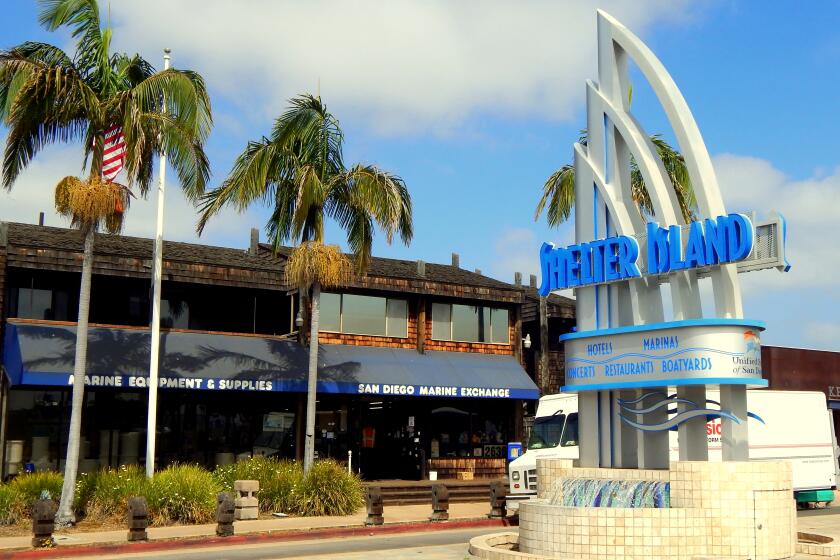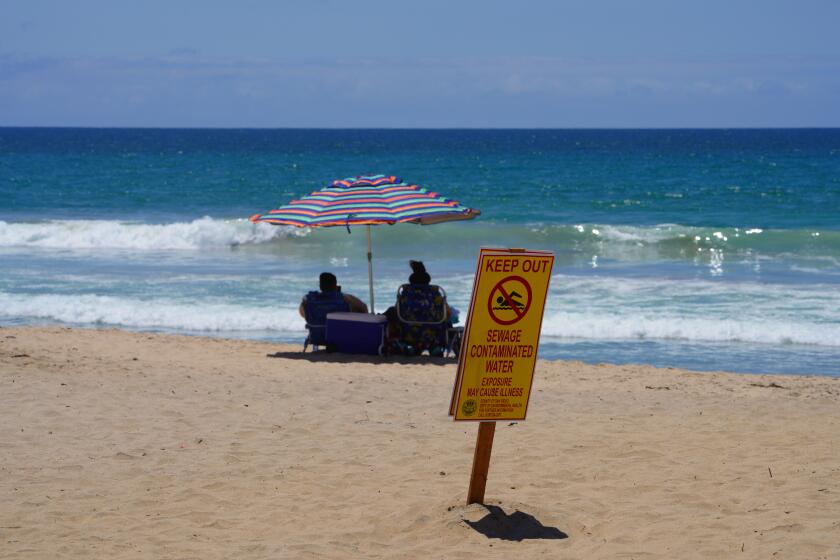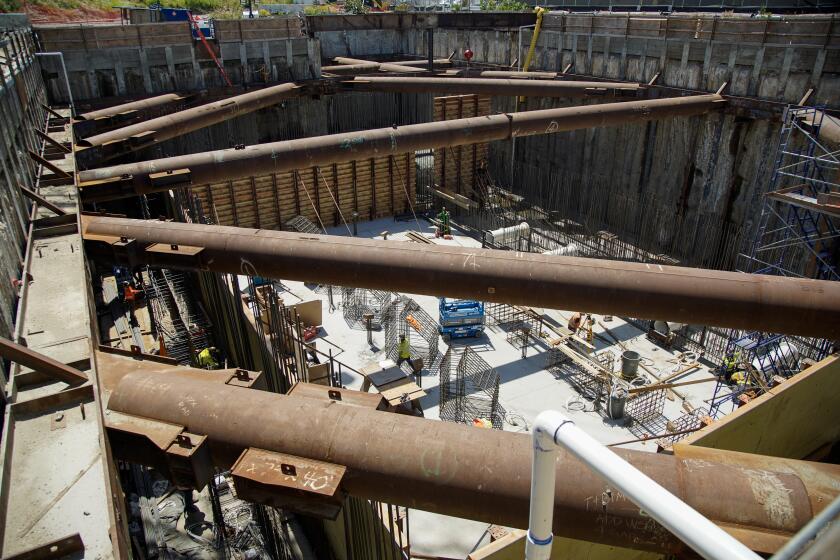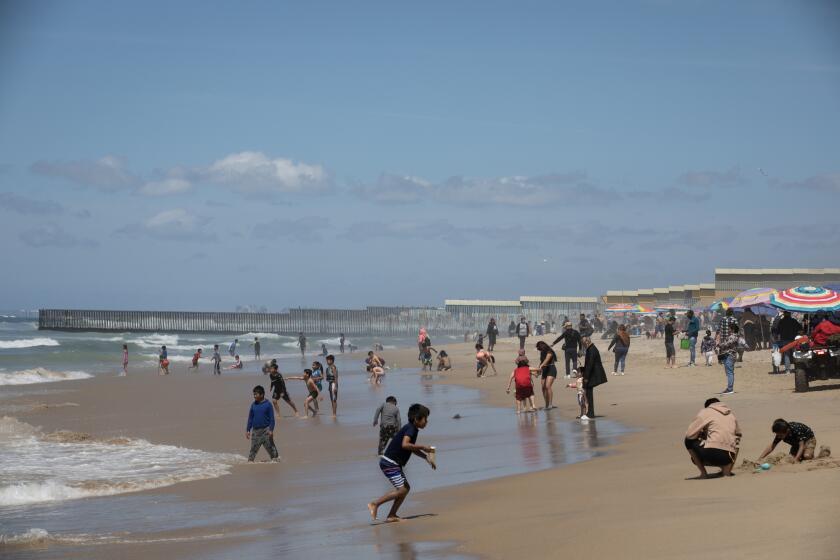Experts: Fight fire with fire
California’s forests could benefit from more fires, according to scientists and state officials tasked with protecting people and property from high-intensity blazes.
Gov. Jerry Brown’s office recently held the first in what’s expected to be a series of private meetings with scientists, conservationists and fire professionals to discuss how to prevent massive blazes in the face of climate change and prolonged drought.
The state’s ongoing epidemic of dead or dying trees — the latest count is more than 66 million — has stoked fears about increased wildfires, but scientists and state officials agreed the dead wood may not be the threat many believe.
Rather, they expressed the need for longer-term strategies to protect backcountry homes and businesses.
“This unfortunate event is galvanizing us to have these conversations,” said Ken Pimlott, director of Cal Fire and the state’s forester.
He agrees with an emerging body of science that has found dead trees don’t significantly increase the likelihood of wildfires.
“Something across the board everyone is agreeing on is use of fire, whether it’s prescribed fire or natural fire,” Pimlott added. “Either way, putting fire back on the landscape in a managed, controlled setting to mimic wildland fire is key.”
State and federal officials have long expressed apprehension that too much fire suppression has led to overgrown forests prone to massive conflagrations.
Only about 2 percent of fires nationwide escape containment measures, but battling those out-of-control blazes accounts for 97 percent of firefighting costs, according to the U.S. Forest Service.
Add nearly five years of drought conditions in California to that equation and concerns are at an all-time high.
“This accumulation of fuels and vegetation now exacerbated by ... years of well-below normal precipitation that’s just turned all of this into a tinder box and predisposed it to large damaging fires,” Pimlott said.
The somewhat counter-intuitive tactic of allowing fires to naturally thin forests in order to prevent larger fires in the future has often raised public concerns about air pollution and the potential for runaway blazes.
In places where development has sprawled over decades into the backcountry, including San Diego County, communities have come to fear wildfires perhaps more than any other natural disaster.
While science suggests that more wildfires would benefit forests, it can be a hard policy to adopt for political and social reasons, said Malcolm North, research forest ecologist with the Forest Service and an affiliate professor with UC Davis.
He attended the governor’s recent meeting on issues of forest management and fires.
“We talk about working with fire and the need to get more of it into the system, but the problem is the culture kicks in, and whenever you get an ignition, they just put the fire out all the time,” Pimlott said.
“The Forest Service is in a tough position because there’s a lot of homes in the matrix of the forest,” he added. “I just wish we’d start getting serious about fact that we cannot get even close to addressing this problem unless we start using fire.”
The governor has increased funding for fire suppression.
This year, Cal Fire saw its budget go up by $400 million to $1.8 billion, according to officials. During the past four years, the agency has also received about $285 million specifically to address drought and tree mortality.
In response to the recent epidemic of tree mortality due to drought and beetle infestations, the state has started to cut down dead or dying trees near towns, roads and powerlines.
That activity concerns conservationists like Chad Hanson, a research ecologist with the Earth Island Institute’s John Muir Project. He and others want to preserve dead trees deeper in the backcountry because they act as habitat for various species.
Hanson, who also attended the governor’s recent meeting, said scientists from other Western states that have suffered similar die-offs — such as Colorado, South Dakota and Wyoming — have found that drought and human factors overshadow any impact dead trees may have on starting backcountry fires.
Instead of cutting down significant numbers of dead trees, Hanson argued, California’s forests would be better served by allowing more wildfires to burn — a process that creates valuable habitat for certain plants and animals.
“We need to actively facilitate restoring mixed-intensity fire in the more remote forest away from communities, and we need to focus fire suppression heavily next to towns,” Hanson said.
Even if the state wanted to aggressively thin forests by cutting down millions of trees, it seems to lack the resources.
For example, the amount of dead wood removed in recent months has started to outpace the capacity to process it at biomass power plants and lumber mills.

Dead Trees: helpful or harmful?
Get Essential San Diego, weekday mornings
Get top headlines from the Union-Tribune in your inbox weekday mornings, including top news, local, sports, business, entertainment and opinion.
You may occasionally receive promotional content from the San Diego Union-Tribune.











